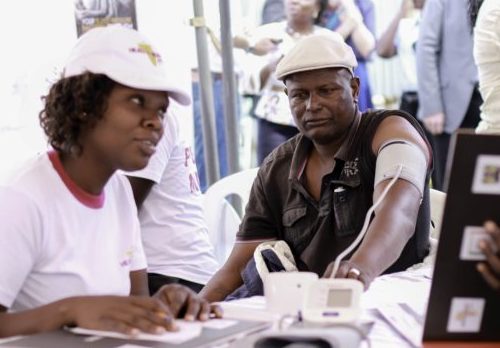A new report highlights upcoming trends in temperature controlled logistics, for example the personalization of the cold chain and cost control, as well as the project to crack the emerging markets of the world. Progression needs to be made in data management and the main issue lies within the organization not using the data to its full capacity.
The pharma cold chain logistics industry has had a sturdy growth but, similar to the pharma industry, it can be hard to evolve sometimes. At the end of 2016 Pharma Logistics IQ hosted an online survey to access current perceptions on how the cold chain industry is likely to evolve over the next few years. Companies that responded included Eli Lilly and Company in Korea, Novartis, Ghana Health Service and Genetech. They answered a couple of key questions and Temperature Controlled Logistics has summarized this in a new report, 2016 Temperature Controlled Logistics Future Trend Report.
“Within the past 5 years, we have seen a 40 percent increase globally in temperature shipments and it is becoming a trend that companies recognize that it is important to be an industry frontrunner,” said Heather Bogle, Supply Chain Solutions Manager at Almac Group, who sponsored the survey and gave expert analysis.
The area that will be the most damaging to companies if they do not adapt and innovate quickly was identified as quality and risk management while the second area was cost management.
“Patient safety is the core focus of managing temperature compliance. It is not surprising to see quality rates as the area that could be most damaged and impacted if there is no adaptation within the temperature services industry. Regulatory requirements change and the healthcare industry is constantly growing. Without continuous innovation to develop compliant offerings there will be great risk to patients as services and software will not evolve fast enough to meet the industry’s changes,” said Heather Bogle in the report.
Keeping up with the changing regulations
Regarding investment plans for optimizing temperature controlled logistics a majority of the companies cited finding more innovative 3pls [third-party logistics], entering new emerging markets and partnering with more advanced freight forwarders. The dominant challenge for the future of supply chain logistics was identified as compliance and quality management, followed by improving vaccine distribution in emerging markets as well as more established markets and the pressure to drive down outgoings in the supply chain.
“Keeping up with the changing regulations that are different for each country and each region across the globe continues to plague all of us. We are seeing slow changes within the industry and global groups pushing to the forefront to pull the different regions together and attempt to work towards consensus,” commented Heather Bogle.
Unlocking emerging markets
The dominant challenge for the future in temperature controlled packaging was stated as validation testing not being representative of real world use, followed by data loggers and temperature controlled monitors malfunctioning. The EU update to clinical trial regulation that is due to come into force in 2017/2018 causes the biggest hurdle to co-operation between manufacturers and sponsors, according to the companies participating in the survey.
When the companies were asked to predict what will be the most disruptive technology for the next decade the majority said unlocking emerging markets via innovative strategies and added visibility from serialization and track and trace programs. Key trends for the future in temperature monitoring included use of stability data to direct supply chain strategies and visualizing data via information dashboards powered by cloud solutions. In temperature controlled packaging the main key trend was custom packaging solutions
Upcoming trends
The report also highlighted a range of trends due to take hold in the industry. One trend was the rise of cell and gene therapy and the logistics solutions these require, as well as the inherent sensitivity of biomaterials. Packaging and network designs are also set to become more tailored for specific drugs since there is a trend in pharmaceutical manufacturers beginning to design their cold chain networks specifically for the drug platform or modality based on therapeutic area.
There is also a specialization not only of the cold chain but over the entire logistics network. For example, stable and better characterized drugs with an exemplary safety record are using deferred shipping lanes, new transport modes including ocean freight and an increased allowable range in shipping temperatures. More fragile platforms, such as monoclonal antibodies require greater characterization for a full range of environmental hazards, which requires complex and specialized logistics networks supported by cushioning thermal packaging. The report states that the depth and complexity of modern pharmaceutical supply chains will grow exponentially.
The report also states that there will be new strategies in packaging conduct, payload volumetric efficiencies in packaging to leverage innovative techniques and metric calculations to maximize container utilization. Multi-cell trailers, i.e. refrigerated trailers with insulation curtains hung at intervals to create different temperature zones, is also a solution being being tried out and some firms noted the value in cross-firm collaboration on shipments and lanes to improve efficiency instead of having vacant space shipped due to packaging size constraints.
Read the report here: www.temperaturecontrolledlogistics.com







